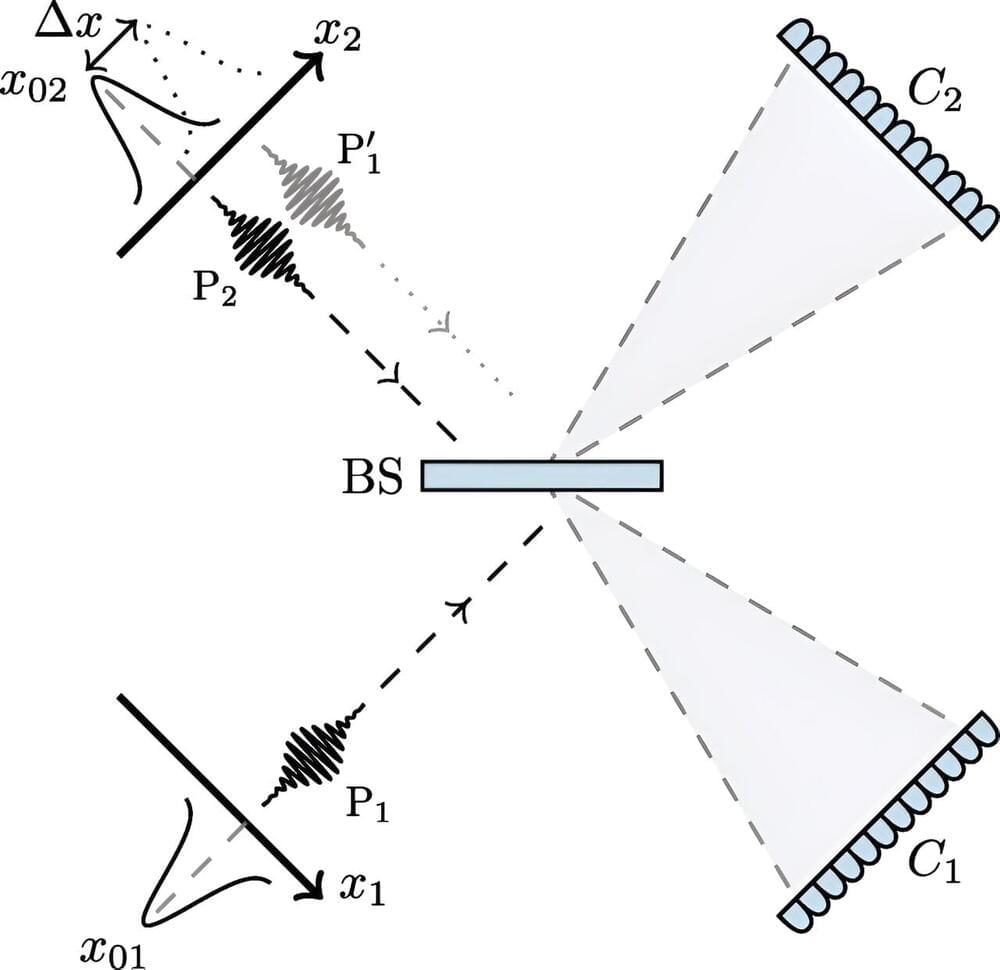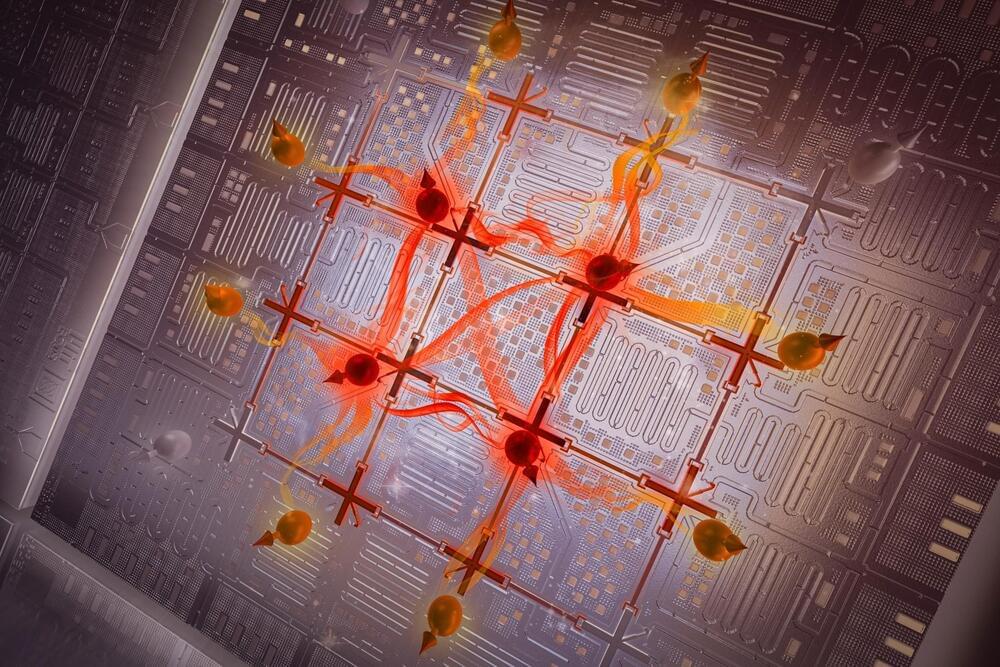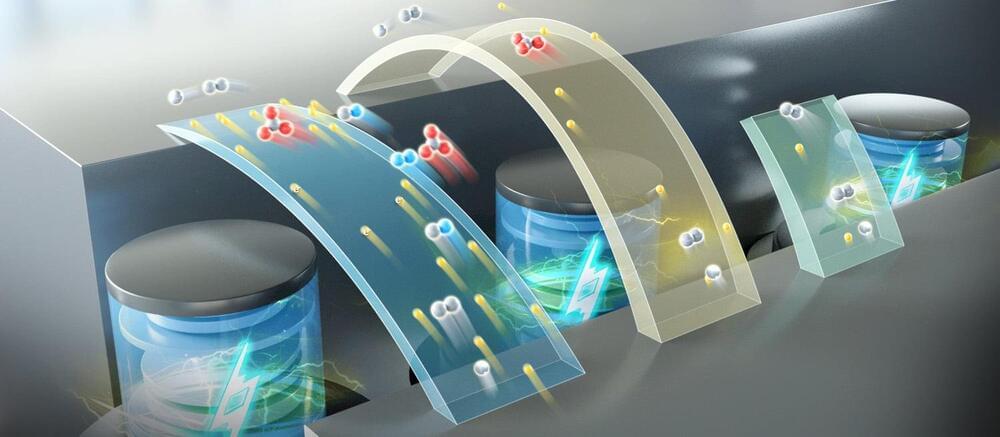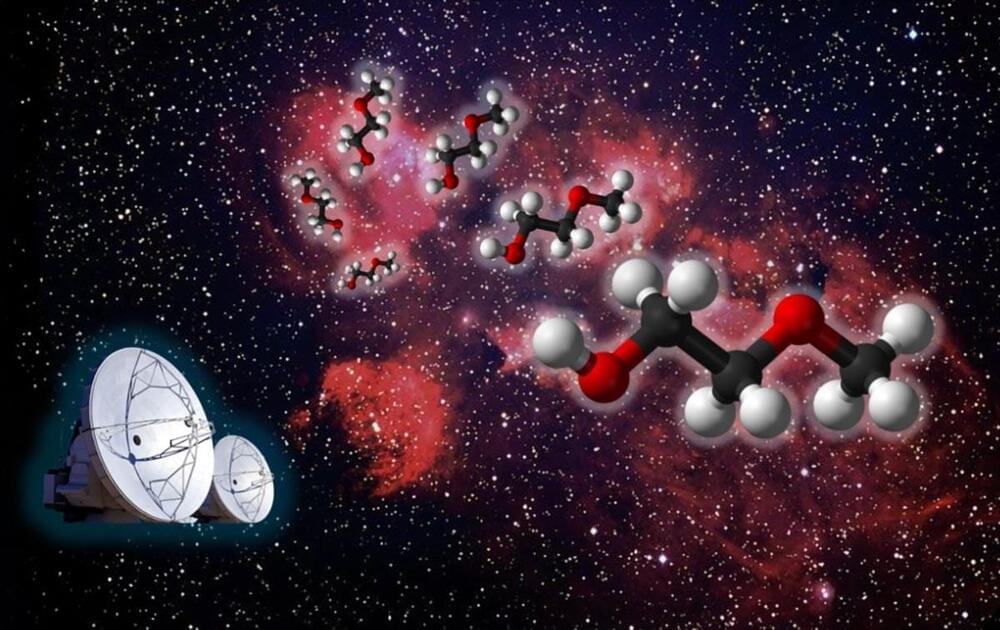Charge-recharge cycling of lithium-super-rich iron oxide, a cost-effective and high-capacity cathode for new-generation lithium-ion batteries, can be greatly improved by doping with readily available mineral elements.
A new type of hybrid sodium-ion battery that offers both high capacity and rapid-charging capabilities could power mobile devices, electric vehicles and space tech.
Join us on Patreon! https://www.patreon.com/MichaelLustgartenPhDDiscount Links: At-Home Metabolomics: https://www.iollo.com?ref=michael-lustgartenUse Code: C…
Researchers from the University of Portsmouth have unveiled a quantum sensing scheme that achieves the pinnacle of quantum sensitivity in measuring the transverse displacement between two interfering photons.
Quantum sensors detect the smallest of environmental changes—for example, an atom reacting to a magnetic field. As these sensors “read” the unique behaviors of subatomic particles, they also dramatically improve scientists’ ability to measure and detect changes in our wider environment.
The advance offers a way to characterize a fundamental resource needed for quantum computing.
Entanglement is a form of correlation between quantum objects, such as particles at the atomic scale. This uniquely quantum phenomenon cannot be explained by the laws of classical physics, yet it is one of the properties that explains the macroscopic behavior of quantum systems.
Because entanglement is central to the way quantum systems work, understanding it better could give scientists a deeper sense of how information is stored and processed efficiently in such systems.
Researchers identified a subcortical brain network that is thought to combine arousal and awareness, playing a key role in human consciousness.
A study recently published in Science Translational Medicine by researchers from Massachusetts General Hospital and Boston Children’s Hospital, both part of the Mass General Brigham healthcare system, introduces a connectivity map of a brain network. This map, the researchers suggest, is essential for maintaining human consciousness.
The study involved high-resolution scans that enabled the researchers to visualize brain connections at submillimeter spatial resolution. This technical advance allowed them to identify previously unseen pathways connecting the brainstem, thalamus, hypothalamus, basal forebrain, and cerebral cortex.
Traditional lithium-ion batteries, while offering high energy density, have compromised safety because they use flammable organic electrolytes.
Aqueous batteries use water as the solvent for electrolytes, significantly enhancing the safety of the batteries. However, due to the limited solubility of the electrolyte and low battery voltage, aqueous batteries typically have a lower energy density. This means that the amount of electricity stored per unit volume of aqueous battery is relatively low.
In a new study published in Nature Energy, a research group led by Prof. Li Xianfeng from the Dalian Institute of Chemical Physics (DICP) of the Chinese Academy of Sciences (CAS), in collaboration with Prof. Fu Qiang’s group also from DICP, developed a multi-electron transfer cathode based on bromine and iodine, realizing a specific capacity of more than 840 Ah/L, and achieving an energy density of up to 1,200 Wh/L based on catholyte in full battery testing.
MIT ’s discovery of 2-methoxyethanol in space reveals new insights into the development of molecular complexity in space during star formation.
New research from the group of MIT Professor Brett McGuire has revealed the presence of a previously unknown molecule in space. The team’s open-access paper, “Rotational Spectrum and First Interstellar Detection of 2-Methoxyethanol Using ALMA Observations of NGC 6334I,” was published in The Astrophysical Journal Letters.
Zachary T.P. Fried, a graduate student in the McGuire group and the lead author of the publication, worked to assemble a puzzle comprised of pieces collected from across the globe, extending beyond MIT to France, Florida, Virginia, and Copenhagen, to achieve this exciting discovery.
Researchers from the High Magnetic Field Center of the Hefei Institutes of Physical Science of the Chinese Academy of Sciences and the University of Science and Technology of China recently introduced the concept of the “Topological Kerr Effect” (TKE). This new concept was developed using the low-temperature magnetic field microscopy system and magnetic force microscopy imaging system available at the steady-state high magnetic field experimental facility.
The findings, published in Nature Physics, hold significant promise for advancing our understanding of topological magnetic structures.









